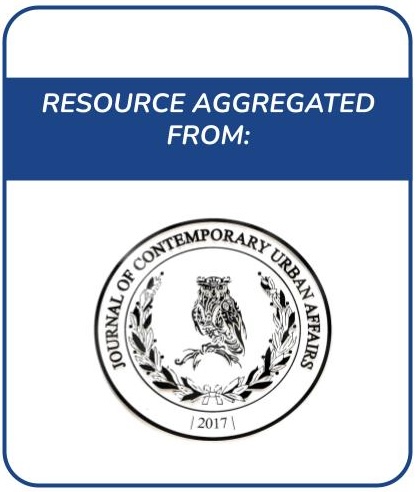Both human activities and climate change have changed landscapes significantly, especially in coastal areas. Sea level rise and land subsidence foster tidal floods and permanent inundations, thus changing and limiting land use. Though many countries, including Indonesia, are aware of these…
Whereas most contemporary frameworks evaluating land management aspects focus on institutional settings at a national level, the 8R framework of responsible land management aims at evaluating individual land management projects or interventions. This 8R framework is, however, still under…
Mangrove forest in Lubuk Kertang Village, West Brandan sub-district has been converted around 20 ha annually (1996–2016) into various non-forest land use. Rehabilitation can be a solution to restore the condition of the ecosystem so that it can resume its ecological and economic functions. This…
Indonesia has around 4000 wood species, and 10% (400) of species are categorized as commercial wood. One species is kayu kuku (Pericopsis mooniana Thwaites), native to Southeast Sulawesi. This species is considered a fancy wood used for sawn timber, veneer, plywood, carving, and furniture. The…
The management of natural resources based on socio-economic and ecology development has led to a focus on the bioeconomy in the policy discourse of non-timber forest products (NTFPs). Honey is an important NTFP with high socio-economic value, and its production involves millions of Indonesians.…
The COVID19 pandemic disrupted the world order from the beginning of 2020 to the end of 2022 The COVID19 pandemic has had a significant impact on changes in healthy living practices such as decreased physical exercise and increased stress compromising psychological wellbeing The psychological…
This report was prepared in response to a request from the Vietnamese government, notably that of the Ministry of Agriculture and Rural Development. Its aim is to provide information on the carbon market in general, but also specifically as it relates to forestry, with a focus on blue carbon.…
Indonesia represents an interesting case for analysis of the relationship between multi-level governance and climate governance for three main reasons. It is a highly decentralized country; it is a major contributor to land-based greenhouse gas emissions; and it is extremely vulnerable to…
The global food system is responsible for 23 – 42% of total net anthropogenic emissions. This share is expected to increase in the future, driven by population and economic growth and changes in lifestyle, as other economic sectors are progressively decarbonized. Without rapid and radical…
Women’s leadership of smallholder households is a major component of women’s empowerment. Approaches to understanding women’s empowerment in Southeast Asian countries require nuance due to the lack of independently managed plots by male and female spouses. We present an approach that…
Tropical peatlands lie at a nexus of competing sustainable development demands of enhancing food security, mitigating climate change, improving resilience and supporting rural livelihoods. Meeting United Nations Sustainable Development Goals (SDGs) requires balancing these various demands.…
Using ‘higher-tier’ emission factors in National Greenhouse Gas Inventories is essential to improve quality and accuracy when reporting carbon emissions and removals. Here we systematically reviewed 736 data across 249 sites (published 2003–2020) to derive emission factors associated with…







